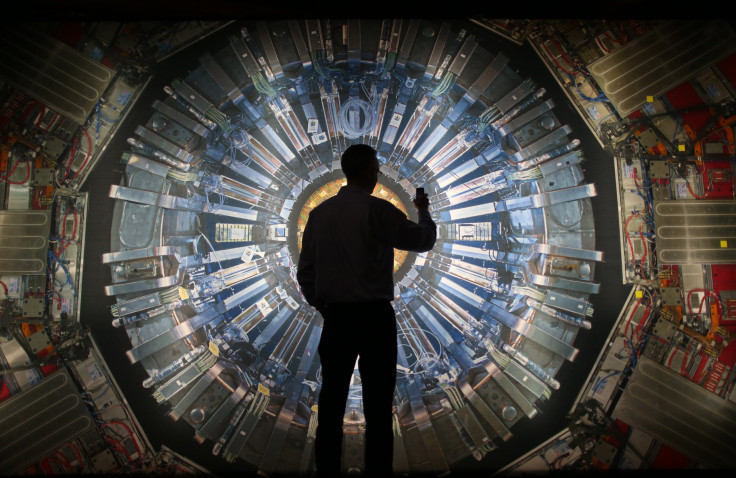CERN Scientists Begin Hunt For ‘Dark’ Photons

We know that dark matter — the hypothetical substance that makes up 85 percent of the total mass of the universe — interacts with normal matter through gravity. But is it possible that it also does so through a hitherto undetected force? One that is carried and transmitted by “dark” photons?
Some particle physicists believe that just like the electromagnetic force — one of the four known fundamental forces in the universe — is carried by photons, there may be equivalent particles doing the same job in the dark universe. Moreover, they say, these dark photons may interact with regular photons in a process known as mixing, which should give rise to subtle, but measureable, effects.
These effects are what scientists associated with the European Organization for Nuclear Research’s (CERN) NA64 experiment are now looking for.
“To use a metaphor, an otherwise impossible dialogue between two people not speaking the same language (visible and dark matter) can be enabled by a mediator (the dark photon), who understands one language and speaks the other one,” Sergei Gninenko, spokesperson for the NA64 collaboration, said in a statement explaining the experiment.
The NA64 experiment consists of a completely airtight detector placed on a high-energy beam line that carries electrons whose initial energy is known precisely. Since the interactions between incoming electrons in the detector produce visible photons, and since the energy of these photons should be equivalent to that of the electrons, any difference between the two would hint at the presence of as-yet undetected particles in the dark sector.
“The signature of the dark photon is an event registered in the detector with a large amount of ‘missing energy’ that cannot be attributed to a process involving only ordinary particles, thus providing a strong hint of the dark photon’s existence,” CERN said in the statement.
If any dark photons are detected, it would mark a major breakthrough in the hunt for dark matter — a hunt that has, despite decades-long efforts, been largely fruitless. In addition, it would also help scientists resolve what is known as the g-2 anomaly, wherein the experimental value of a muon’s magnetic moment does not match the predictions made by the Standard Model of particle physics.
© Copyright IBTimes 2025. All rights reserved.






















